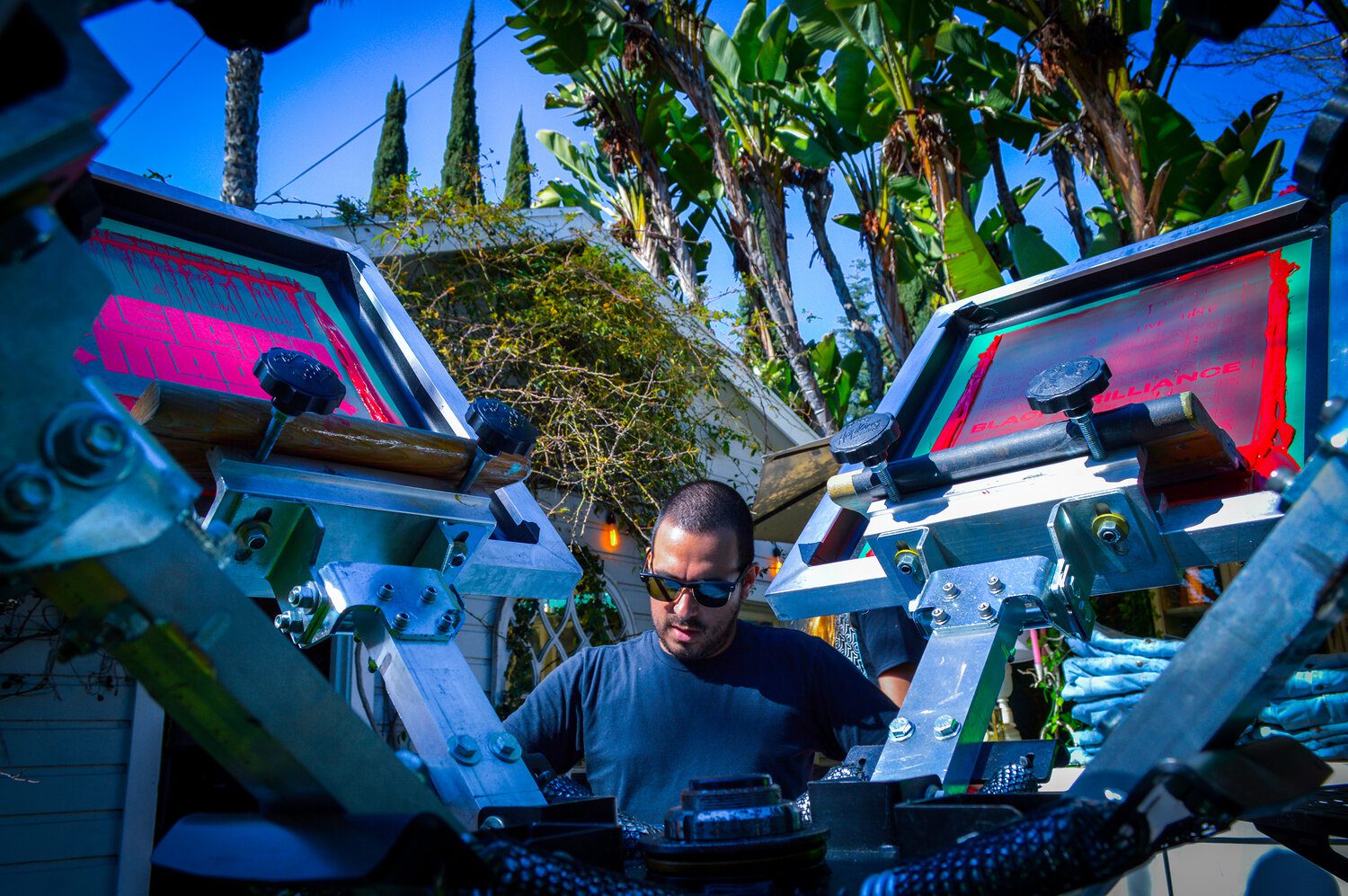In today’s digital-first era, brands are constantly seeking innovative ways to engage their audience and create memorable customer experiences. One emerging strategy is the use of live event activations. These activations are immersive experiences that allow brands to connect with their audience on a deeper level, offering a unique blend of interaction, personal touch, and connection. Let’s delve deeper into how live event activations are redefining customer engagement.

The Growing Importance of Live Event Activations
Live event activations are increasingly becoming a pivotal part of a brand’s marketing strategy. These events offer an opportunity for brands to step out from the digital sphere and interact with their customers face-to-face, bringing the brand to life in a tangible and experiential manner. This can build deeper emotional connections, drive brand loyalty, and ultimately, foster lasting customer relationships.
Why Brands are Shifting to Live Event Activations
As the market becomes increasingly competitive, brands are seeking unique ways to engage their audience. Live event activations allow brands to create memorable experiences, foster direct customer interactions, and generate valuable user-generated content, ultimately enhancing brand visibility and customer loyalty.
The Impact of Live Event Activations on Brand Visibility
Through live activations, brands can create a buzz that reaches far beyond the event attendees. Leveraging social media and word-of-mouth, these activations can significantly enhance brand visibility and reputation, attracting new audiences and building stronger relationships with existing ones.

Personalizing Live Event Activations
Personalization is a key component of live event activations. By tailoring the event experience to match individual customer interests and preferences, brands can create a personal touch that makes each customer feel valued and understood. This can range from personalized merchandise to custom experiences based on customer data. This level of personalization can significantly enhance customer satisfaction and increase overall engagement.
Implementing Personalization in Live Events
Personalization in live events can take many forms, from personalized invitations and communications to customized experiences during the event. Using data and AI, brands can tailor their activations to individual attendee’s preferences, thereby heightening engagement and satisfaction.

Creating Immersive Experiences through Live Events
One of the most powerful aspects of live event activations is their ability to create immersive experiences. By leveraging various technologies, storytelling techniques, and interactive elements, brands can transport their audience into a unique brand universe. This not only captures the audience’s attention but also provides a memorable experience that stays with them long after the event has ended.
Techniques for Crafting Immersive Experiences at Live Events
Creating immersive experiences at live events involves engaging multiple senses and fostering active participant involvement. Techniques may include VR/AR experiences, interactive installations, gamification, and live performances. The goal is to blur the line between the brand and the audience, creating a shared and memorable experience.
The Role of Storytelling in Immersive Live Events
Storytelling is a powerful tool for creating immersive experiences. It allows brands to share their values, mission, and stories in a compelling way that resonates with the audience. Whether through multimedia presentations, interactive narratives, or personal testimonials, storytelling can significantly enhance the emotional connection between a brand and its audience.

The Role of Data in Enhancing Live Event Activations
Data plays a crucial role in the success of live event activations. Through data analysis, brands can gain insights into customer behavior, preferences, and needs. This information can be used to inform the design and execution of the event, ensuring it resonates with the target audience. Furthermore, data collected during the event can be used to measure success and inform future activations.
Leveraging Data Analysis for Effective Live Event Planning
Data analysis can inform every aspect of live event planning, from identifying the right target audience and choosing the best venue to designing experiences that resonate with the audience. Post-event analysis can also provide valuable insights for future event planning and strategy refinement.
How Data Collection During Live Events Informs Future Strategies
Data collected during live events, such as attendee feedback, social media engagement, and session attendance, can provide valuable insights into what worked and what didn’t. This data can inform future event strategies, helping brands to continuously improve their live activations and deliver even more engaging experiences.

Ensuring a Lasting Impact of Live Event Activations
The success of a live event activation is not only measured by the event itself, but also by its lasting impact. Brands must ensure they maintain the momentum created by the event, whether that’s through follow-up communications, continued personalization, or leveraging the event content in other marketing channels. By doing so, brands can prolong the customer engagement and continue to reap the benefits of the activation.
Strategies for Sustaining Customer Engagement Post-Event
Keeping the momentum going post-event is crucial for sustained customer engagement. Strategies may include sharing event highlights through various channels, leveraging user-generated content, sending personalized follow-up communications, and offering exclusive content or promotions to event attendees.
Leveraging Live Event Content in Multi-Channel Marketing Strategy
Live event content, from photos and videos to user-generated content, can be a valuable asset in a brand’s multi-channel marketing strategy. It provides authentic, engaging content that can be shared on social media, used in email marketing campaigns, or featured on the brand’s website, helping to extend the reach and impact of the live event.





